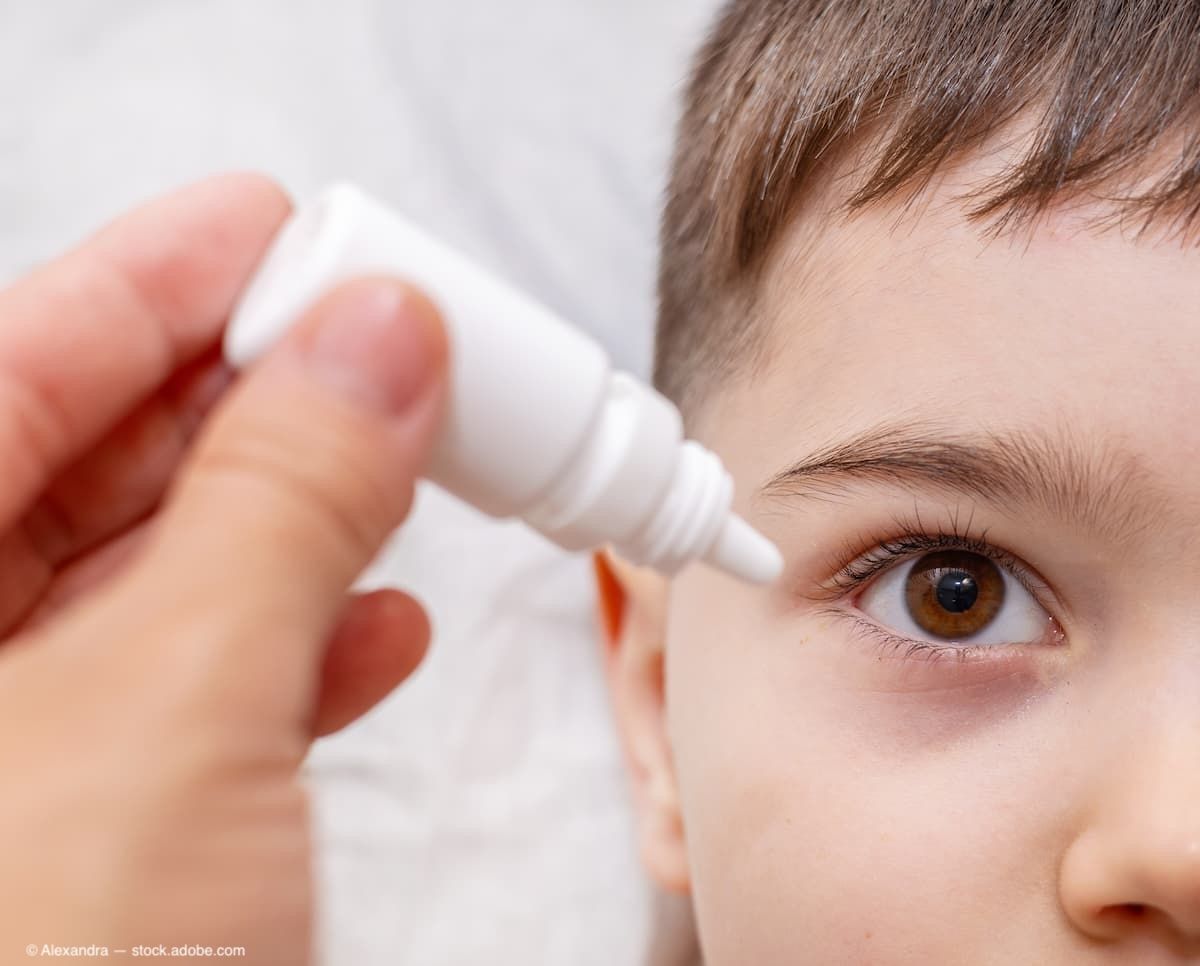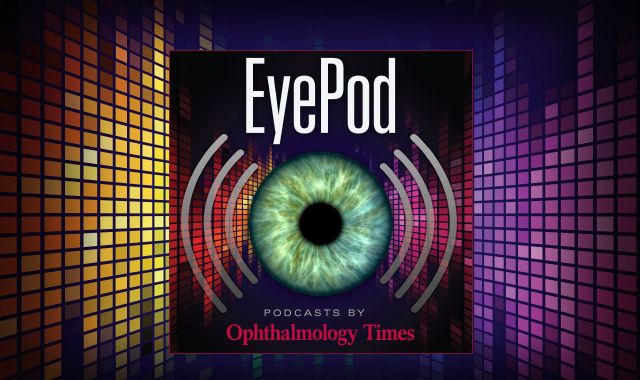News
Article
ENTOD Pharmaceuticals announces CDSCO approval of 0.05% atropine drops (Myatro XL)
Author(s):
ENTOD Pharmaceuticals launches Myatro XL, a 0.05% atropine eye drop, to effectively slow myopia progression in children, available by prescription in 2025.
(Image Credit: AdobeStock/Alexandra)

Mumbai-based ENTOD Pharmaceuticals announced its 0.05% atropine eye drops (Myatro XL) have received marketing authorization from India's Central Drugs Standard Control Organisation (CDSCO). The atropine eye drops are designed to slow myopia progression in children ages 6 to 12, the company said in a press release.1
The 0.05% atropine drops will be available by prescription in India beginning in July 2025, ENTOD Pharmaceuticals stated in the press release. Myatro XL joins ENTOD’s Myatro line.
The atropine sulfate ophthalmic solution 0.05% is pH-balanced and indicated for long-term, daily use by pediatric patients. In order to aid adherence, a dedicated Myatro mobile app will become available in the Google Play and Apple App Store upon launch. The patient-centric app will provide bottle discard reminders, follow-up appointment reminders, and other means of secure monitoring for adherence with the Myatro XL drops and other products in the Myatro line. Currently, the Myatro line includes 0.01% atropine drops; the lower-volume solution is available for patients aged 4 to 14 years with pediatric myopia.
Phase 3 study data show efficacy and safety of atropine 0.05%
The marketing authorization comes on the heels of the successful completion of phase 3 studies in India.1 Specifically, the results from a multicenter, randomized, double-blinded, parallel-group, and comparative study supported the CDSCO approval.2 The study was conducted across 11 sites in India and included 190 children between 6 and 12 years old with a clinical diagnosis of myopia. The primary end point of the study was the mean change in spherical equivalent refractive error from baseline to 12 months. The secondary end point measured the proportion of participants showing less than 0.50 D (spherical equivalent) of myopia progression compared with baseline. The first end point was measured by cycloplegic autorefraction, while the secondary end point was measured by cycloplegic autorefraction and mean change in ocular axial length, pupil size, change in accommodation amplitude, and visual acuity, all from baseline to 12 months.2
Study participants were split into 2 arms: 1 was administered atropine sulfate 0.05% and the other with atropine sulfate 0.01% at a dose of 1 drop once a day—preferably at night—in each eye for a period of 12 months.2
Study results showed a "significant difference" between the change in spherical equivalent refractive error between atropine sulfate 0.05% and 0.01% after 12 months of treatment, as observed in the right [–0.13 ± 0.62 D vs –0.33 ± 0.80 D; P= .0493] and left eyes [–0.15 ± 0.71 D vs –0.34 ± 0.88 D], according to the release. Atropine sulfate 0.05% was observed to have a better outcome in controlling myopia progression than atropine sulfate 0.01%.2
Additionally, atropine sulfate 0.05% showed a higher proportion of participants with less than 0.50 D myopia progression in comparison with atropine sulfate 0.01% in both the right eye (76.09% vs 65.56%) and left eye (71.74% vs 70.00%). Atropine sulfate 0.05% also showed a more significant difference in ocular axial length changes than atropine sulfate 0.01% after 12 months of treatment in both the right eye (0.04 ± 0.68 mm vs 0.11 ± 0.86 mm) and left eye (0.05 ± 0.71 mm vs 0.10 ± 0.91 mm).2
Atropine sulfate 0.05% was shown to be safe and well tolerated, with no serious adverse effects reported during the trial.2
References
ENTOD Pharmaceuticals receives DCGI approval for the world’s first 0.05% atropine eye drops to slow down myopia progression in children. Press release. Entod Pharmaceuticals Ltd. April 22, 2025. Accessed April 23, 2025.
Clinical Trial Registry of India. CTRI/2022/04/041667. Updated May 23, 2024. Accessed April 24, 2025.
Newsletter
Don’t miss out—get Ophthalmology Times updates on the latest clinical advancements and expert interviews, straight to your inbox.





